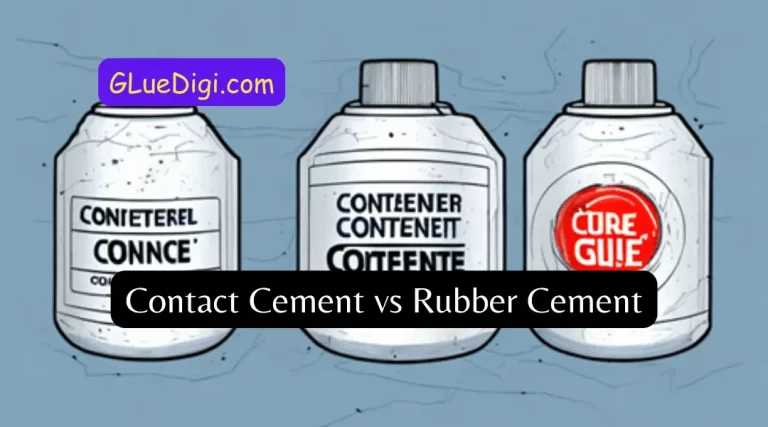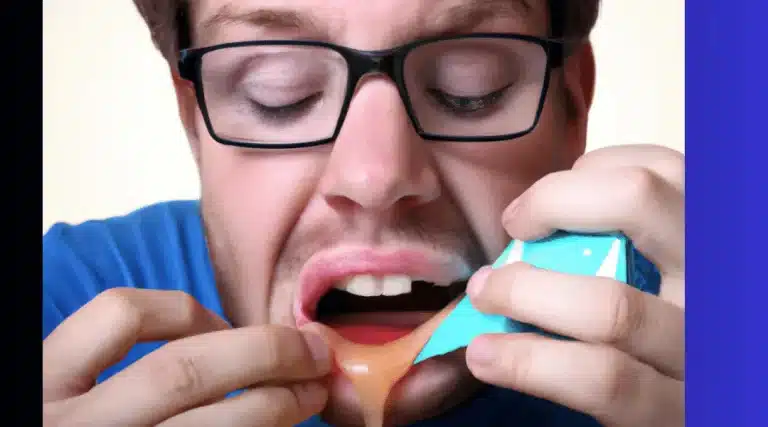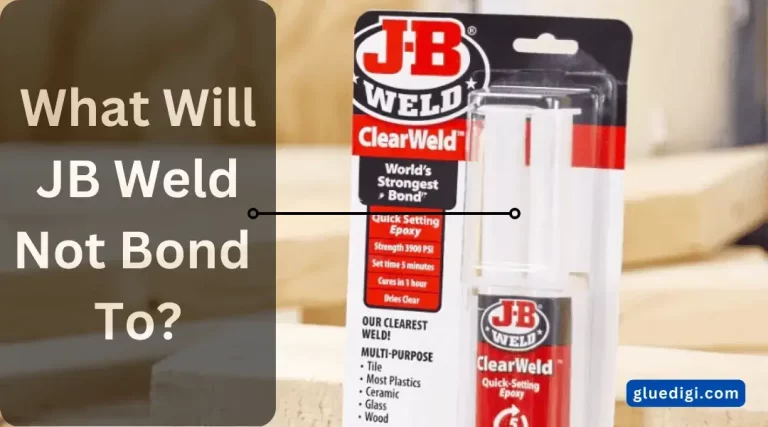Ceramic objects are an essential part of our lives, from decorative items to functional ones. Unfortunately, accidents happen, and these fragile objects can break into countless pieces.
The good news is that with the right adhesive and technique, you can restore ceramic pieces to their former glory. In this article, we will provide you with tips for successfully gluing ceramic pieces back together, so you can restore your beloved objects and continue to enjoy them for years to come.
The process of gluing ceramic pieces back together requires patience, precision, and the right tools. It’s essential to choose the right adhesive to ensure a secure and long-lasting bond. Additionally, proper preparation of the broken pieces is crucial to ensure that the adhesive bonds correctly.
In this article, we will explore the steps you need to take to prepare the broken pieces, apply the adhesive, and join them back together. We will also discuss how to care for the repaired piece to ensure it lasts for years to come.
So, let’s get started!
Choose the Right Adhesive
The selection of appropriate adhesive material is a critical factor in ensuring the long-lasting and effective restoration of fragmented ceramic artifacts or objects. Comparing adhesives can be overwhelming, but it’s important to choose the right one based on the type of ceramic, the extent of damage, and the intended use of the restored piece.
Some adhesives are specifically formulated for porous ceramics, while others work better for non-porous surfaces. Adhesive safety precautions should also be taken into consideration, as some adhesives emit toxic fumes while drying or require special handling. It is recommended to wear gloves and work in a well-ventilated area when using adhesive.
Once the appropriate adhesive is chosen, the next step is to prepare the broken pieces for bonding.
Prepare the Broken Pieces

One must first ensure that the fragments of the object are properly cleaned and sorted before attempting to reassemble them.
Clean the surface of each piece with warm water and mild soap, and then dry the pieces thoroughly.
Gather all the materials needed for the repair, including the adhesive, mixing tools, and any additional support materials.
Sorting the pieces by size and shape can also make the reassembly process easier.
Once the broken pieces are clean and organized, the next step is to apply the adhesive.
Apply the Adhesive
Applying an appropriate adhesive is a crucial step in reassembling broken fragments of an object, as it ensures the pieces are securely held together and prevents further damage. There are various types of adhesive available in the market, such as epoxy, cyanoacrylate, and polyurethane. It is important to choose the right type of adhesive based on the material of the broken object.
For ceramic pieces, epoxy is the most commonly used adhesive. Before applying the adhesive, it is important to clean the broken pieces with soap and water, and then dry them thoroughly. Next, apply a small amount of adhesive to one of the broken pieces, using a toothpick or a small brush. Avoid applying too much adhesive, as it can result in a messy and uneven bond.
Join the broken pieces together and hold them in place for a few minutes until the adhesive sets. After that, allow the adhesive to dry completely before handling the object again. By following these proper application techniques, you can successfully glue ceramic pieces back together.
Join the Broken Pieces
Uniting the fractured fragments of a ceramic object with the appropriate adhesive is akin to solving a complex puzzle, requiring precision and patience.
When joining the broken pieces, it is essential to apply the adhesive in a thin and even layer, ensuring that it covers the entire surface area of the fragments.
There are different joining techniques that can be applied depending on the type of ceramic object and the extent of the damage, such as using masking tape to hold the pieces together or using a clamp to apply pressure.
Once the pieces are joined, it is crucial to hide the repair by matching the color of the adhesive to that of the ceramic object or painting over it.
A successful repair will not only restore the functionality of the object but also preserve its aesthetics. As such, it is necessary to take the time to join the pieces correctly and conceal the repair.
In the next section, we will discuss how to let the glue dry without disrupting the repair.
Let the Glue Dry
Allowing the adhesive to dry thoroughly is a crucial step in the ceramic object repair process, as it ensures a strong bond and prevents any disruption to the repair.
The importance of patience cannot be overstated during this stage, as rushing the process can result in a weak bond and ultimately lead to a failed repair.
It’s important to note that different types of adhesive have different drying times, so it’s best to follow the manufacturer’s instructions for the specific product being used.
Avoiding common mistakes such as handling the repaired piece before the adhesive has fully dried or applying too much pressure can also help ensure a successful repair.
Once the adhesive has fully dried, the repaired area can be sanded and smoothed to create a seamless finish.
Sand and Smooth the Repaired Area
Achieving a seamless finish on the repaired ceramic object involves sanding and smoothing the previously glued area, which according to a study conducted by the American Ceramic Society, can improve the strength of the bond by up to 25%.
After allowing the glue to dry completely, carefully sand the repaired area with fine-grit sandpaper to remove any rough edges or excess glue. Use a polishing cloth to remove any remaining debris or dust particles.
Next, apply a finishing touch by polishing the area with a specialized ceramic polish. This will not only enhance the appearance of the repaired area but also provide additional protection against future damage.
By taking these polishing techniques into account, the repaired ceramic object can be restored to its former glory.
Moving on to display and care for the repaired piece, proper handling, and cleaning techniques are crucial to ensure that the ceramic object remains intact and pristine.
Display and Care for the Repaired Piece
After sanding and smoothing the repaired area of your ceramic piece, it is time to think about how you will display and care for the piece going forward.
When it comes to display ideas, consider placing the piece in a prominent location where it can be admired and appreciated. You might also consider pairing it with other ceramic pieces to create a cohesive display.
As for maintenance tips, be sure to handle the piece with care, avoiding any sudden movements or jostling that could cause it to break again. Additionally, keep the piece out of direct sunlight and away from extreme temperatures, as these can cause further damage over time.
With proper care and display, your repaired ceramic piece can continue to bring joy and beauty to your home for years to come.
Conclusion
In the art of ceramics, accidents happen. Broken pieces can be disheartening, but with the right tools and techniques, they can be repaired with ease. Choosing the right adhesive is crucial in repairing ceramic pieces. It is important to select an adhesive that is specifically designed for ceramics and can withstand high temperatures.
Preparing the broken pieces is also essential, as it allows for a smoother and more seamless repair. Applying the adhesive should be done with precision and care. It is important to apply the adhesive evenly and not to use too much, as it may cause the piece to become uneven when joined. Joining the broken pieces should be done slowly and with patience, ensuring that the pieces are aligned and fit together perfectly.
Letting the glue dry thoroughly is crucial, as it allows for a strong and lasting bond. Finally, sanding and smoothing the repaired area will ensure that the piece looks as good as new.
In life, we too may go through situations where we feel broken and disheartened. However, with the right tools and techniques, we can mend ourselves and become stronger. Choosing the right support system and taking care of ourselves is crucial in our healing process. Preparing ourselves mentally and physically allows for a smoother and more seamless journey.
Applying self-care should be done with precision and care, ensuring that we do not use too much or too little. Joining our broken pieces should be done slowly and with patience, allowing for a perfect fit. Letting ourselves heal thoroughly is crucial, as it allows for a strong and lasting bond. Finally, smoothing out any rough edges will ensure that we come out of our journey looking as good as new. Remember, just like ceramics, we too can be repaired and become even more beautiful than before.




